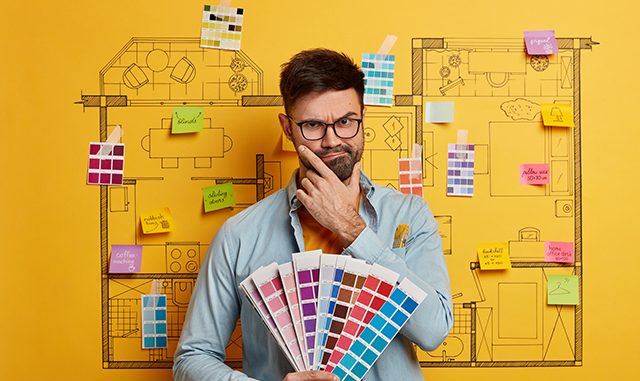
Introduction: Tv storyboard serve as a crucial tool in the creative process of artists, enabling them to bring their visions to life and elevate their craft. By visually mapping out narratives, artists gain a deeper understanding of their own work and enhance their ability to captivate audiences. This article explores the significance of storyboards in the artistic process, delving into how artists utilize them to weave magic into their creations.
- Visualizing the Narrative: Storyboards act as a visual blueprint for artists, allowing them to flesh out their ideas and transform abstract concepts into tangible images. Through the sequential arrangement of illustrations, artists can structure their narratives, plotlines, and character arcs. By translating their thoughts into a visual medium, artists gain clarity and can refine their ideas, ensuring coherence and engagement in their final artwork.
- Enhancing Composition and Pacing: Storyboards enable artists to experiment with various compositions and camera angles, fostering dynamic storytelling. By crafting different frames and perspectives, artists can manipulate the viewer’s focus, intensify emotions, and control the overall pacing of their narratives. This process allows for meticulous attention to detail, ensuring that each element contributes to the overall impact of the artwork.
- Fostering Collaboration and Communication: Storyboards facilitate effective communication between artists and their collaborators, such as directors, cinematographers, or fellow artists. Through the visual representation of scenes, artists can articulate their creative vision more clearly, ensuring that everyone involved shares a common understanding. Storyboards serve as a shared reference point, aligning the entire team towards a cohesive artistic goal.
- Refining Storytelling Techniques: Crafting storyboards encourages artists to hone their storytelling skills by focusing on the visual language of their narratives. Artists must consider visual cues, such as framing, lighting, and character expressions, to convey emotions, create tension, and evoke specific responses from the audience. Storyboarding provides a platform for experimenting with storytelling techniques and refining them before committing to the final artwork.
- Streamlining Production Workflow: Storyboards streamline the production process by allowing artists to identify potential issues and make necessary adjustments in advance. By visualizing the sequence of events, artists can anticipate the need for specific props, settings, or effects, reducing the chances of costly revisions during the production phase. This efficiency not only saves time and resources but also contributes to the overall quality of the final artwork.
- Empowering Creative Exploration: Storyboards provide artists with the freedom to explore different creative avenues and take risks within a manageable framework. Through the iterative process of sketching and refining storyboards, artists can experiment with alternative approaches, pacing, and visual styles. This exploration fuels innovation and can lead to groundbreaking artistic breakthroughs.
Conclusion: Storyboards serve as an invaluable tool for artists, enabling them to elevate their craft by visualizing narratives, enhancing composition and pacing, fostering collaboration, refining storytelling techniques, streamlining production workflow, and empowering creative exploration. By harnessing the power of storyboarding, artists unravel the magic of their creations, captivating audiences with their visual storytelling prowess. Check with scenesbydean.com for a creative line art.
